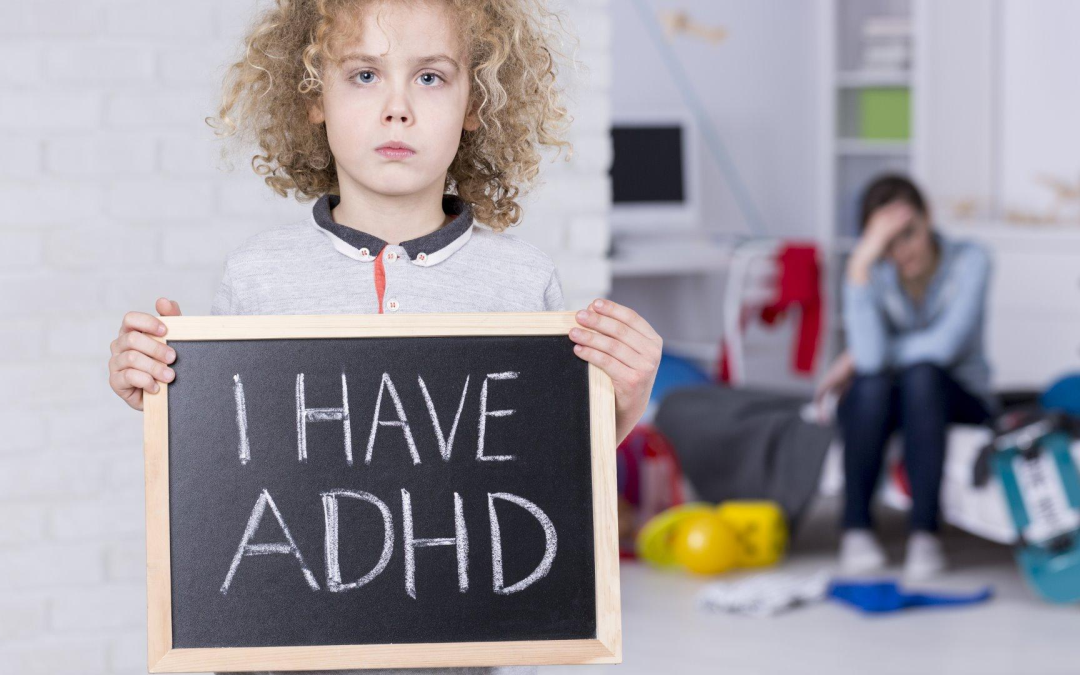Attention Deficit Hyperactivity Disorder (ADHD) is a neurodevelopmental condition that affects millions of people worldwide. Characterized by symptoms of inattention, hyperactivity, and impulsivity, ADHD can significantly impact daily functioning and quality of life. While the exact ADHD causes remain complex and multifaceted, involving a combination of genetic, environmental, and neurological factors, effective management is crucial for individuals diagnosed with this condition. One of the primary approaches to ADHD treatment involves medication. However, understanding the side effects of ADHD medication is essential for both patients and caregivers to make informed decisions about treatment options.
ADHD Causes
ADHD is believed to result from a combination of genetic and environmental factors that influence brain development and function. Research indicates that ADHD tends to run in families, suggesting a strong genetic component. Studies have identified several genes associated with the disorder, particularly those involved in dopamine regulation. Environmental factors, such as prenatal exposure to tobacco smoke, alcohol, or drugs, as well as lead exposure and low birth weight, have also been implicated in increasing the risk of developing ADHD. Additionally, brain imaging studies have shown structural and functional differences in the brains of individuals with ADHD, particularly in areas related to attention and impulse control.
ADHD Symptoms
The symptoms of ADHD can vary widely among individuals and can be categorized into two main types: inattentive and hyperactive-impulsive. Inattentive symptoms include difficulty sustaining attention, forgetfulness, disorganization, and frequent careless mistakes. Hyperactive-impulsive symptoms involve excessive fidgeting, difficulty remaining seated, constant movement, interrupting others, and impulsive decision-making. Some individuals exhibit a combination of both types, referred to as combined presentation. These symptoms can lead to challenges in academic, occupational, and social settings, making effective ADHD treatment critical for improving outcomes.
ADHD Treatment
ADHD treatment typically involves a multimodal approach, combining behavioral therapy, psychoeducation, and medication. Behavioral interventions aim to improve organizational skills, time management, and social interactions, while psychoeducation helps patients and families understand the condition and develop coping strategies. ADHD medication, particularly stimulant medications, has proven to be one of the most effective treatment options for managing symptoms. However, these medications can come with a range of side effects that need to be carefully monitored and managed.
ADHD Medication
The most commonly prescribed medications for ADHD are stimulants, including methylphenidate (e.g., Ritalin, Concerta) and amphetamines (e.g., Adderall, Vyvanse). These drugs work by increasing the levels of certain neurotransmitters in the brain, particularly dopamine and norepinephrine, which help improve attention and reduce hyperactivity and impulsivity. Non-stimulant medications, such as atomoxetine (Strattera) and guanfacine (Intuniv), are also available and may be prescribed for individuals who do not respond well to stimulants or who experience intolerable side effects.
Understanding ADHD Medication Side Effects
While ADHD medications can be highly effective, they can also cause a variety of side effects. It is important for patients and caregivers to be aware of these potential side effects and to work closely with healthcare providers to monitor and manage them.
1. Common Side Effects of Stimulant Medications:
- Appetite Suppression: One of the most common side effects of stimulant medications is decreased appetite, which can lead to weight loss. It is important to monitor nutritional intake, particularly in children, to ensure they are receiving adequate nutrition.
- Sleep Disturbances: Stimulants can interfere with sleep, causing insomnia or disrupted sleep patterns. Taking the medication earlier in the day or adjusting the dosage can help mitigate this side effect.
- Increased Heart Rate and Blood Pressure: Stimulants can elevate heart rate and blood pressure, which may be concerning for individuals with pre-existing cardiovascular conditions. Regular monitoring of cardiovascular health is recommended.
- Mood Changes: Some individuals may experience mood swings, irritability, or anxiety while taking stimulant medications. If these symptoms persist, it may be necessary to adjust the dosage or switch to a different medication.
2. Common Side Effects of Non-Stimulant Medications:
- Drowsiness: Non-stimulant medications like atomoxetine and guanfacine can cause drowsiness or fatigue, particularly when first starting the medication. Taking the medication at bedtime or adjusting the dosage can help manage this side effect.
- Gastrointestinal Issues: Some non-stimulant medications may cause stomach upset, nausea, or vomiting. Taking the medication with food can often alleviate these symptoms.
- Mood Changes: Similar to stimulants, non-stimulant medications can also cause mood changes, including increased irritability or anxiety. Close monitoring and communication with a healthcare provider are essential.
Managing Side Effects
Managing side effects effectively requires a collaborative approach between the patient, caregivers, and healthcare providers. Here are some strategies to consider:
- Regular Monitoring: Regular follow-up appointments with a healthcare provider are crucial for monitoring the effectiveness of the medication and any side effects. Adjustments to the dosage or medication type may be necessary based on the patient’s response.
- Lifestyle Adjustments: Incorporating healthy lifestyle habits, such as a balanced diet, regular exercise, and good sleep hygiene, can help mitigate some of the side effects of ADHD medications.
- Open Communication: Patients and caregivers should maintain open communication with healthcare providers, reporting any concerning side effects promptly. This allows for timely interventions and adjustments to the treatment plan.
- Individualized Treatment Plans: Recognizing that each individual may respond differently to medications, healthcare providers should tailor treatment plans to meet the specific needs of the patient, considering factors such as age, comorbid conditions, and overall health.
Conclusion
Understanding the side effects of ADHD medication is essential for ensuring effective and safe treatment for individuals with ADHD. While these medications can significantly improve symptoms and enhance quality of life, they can also cause a range of side effects that need to be carefully managed. By maintaining regular monitoring, making necessary lifestyle adjustments, and fostering open communication with healthcare providers, patients and caregivers can navigate the complexities of ADHD treatment and achieve optimal outcomes. As research continues to advance our understanding of ADHD causes and treatments, ongoing education and awareness will remain key components in supporting those affected by this condition



Recent Comments